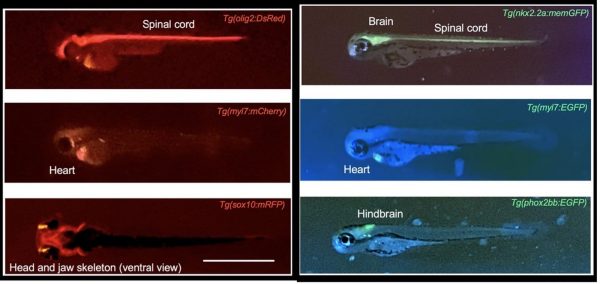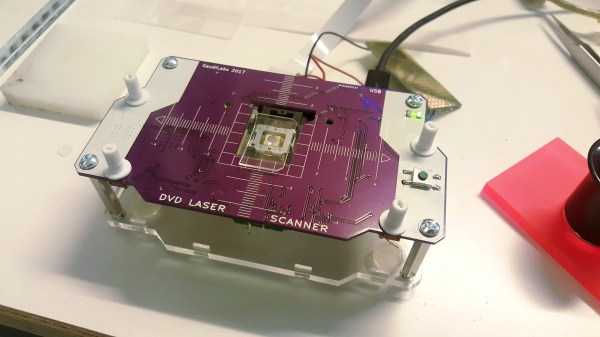As smartphones become more ubiquitous in society, they are being used in plenty of ways not imaginable even ten or fifteen years ago. Using its sensors to gather LIDAR information, its GPS to get directions, its microphone to instantly translate languages, or even use its WiFi and cellular radios to establish a wireless hotspot are all things which would have taken specialized hardware not more than two decades ago. The latest disruption may be in microscopy, as this build demonstrates a microscope that would otherwise be hundreds of thousands of dollars.
The microscope is a specialized device known as a fluorescence microscope, which uses a light source to excite fluorescent molecules in a sample which can illuminate structures that would otherwise be invisible under a regular microscope. For this build, the light is provided by readily-available LED lighting as well as optical filters typically used in stage lighting, as well as a garden-variety smartphone. With these techniques a microscope can be produced for around $50 USD that has 10 µm resolution.
While these fluorescence microscopes do have some limitations compared to units in the hundred-thousand-dollar range, perhaps unsurprisingly, they are fairly impressive for such a low-cost alternative. More details about these builds can also be found in their research paper published in Nature. Even without the need for fluorescence microscopy, a smartphone has been shown to be a fairly decent optical microscope, provided you have the right hardware to supplement the phone’s camera.













